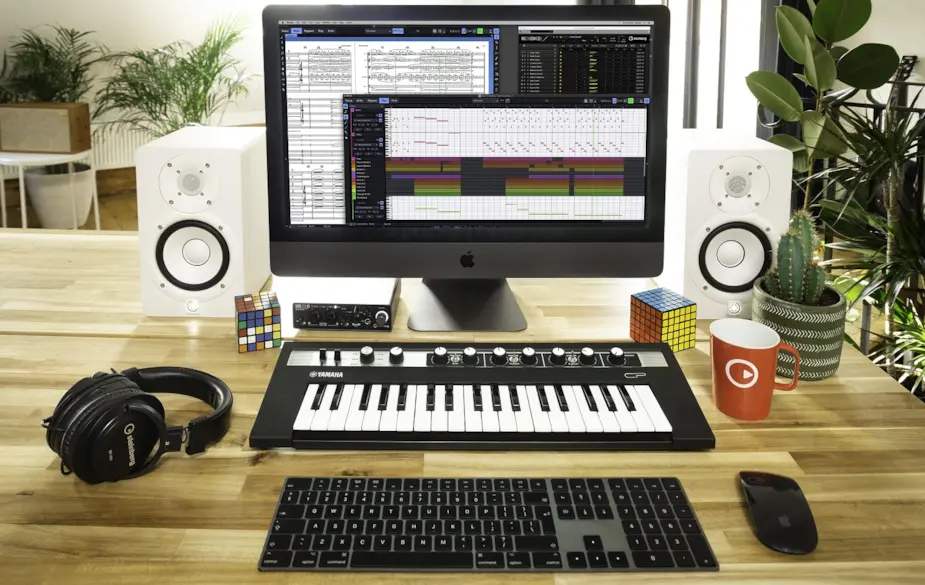We take a look at the latest piece of music software on the market – and we’re impressed. Ellie Palmer investigates.
OUR VERDICT

Price
Dorico Pro: starts from £256 or $299.99 (Crossgrade price for Sibelius/Finale users)
Dorico Elements: £85 or $99.99
Dorico SE: free to download when you visit steinberg.net/dorico/se.
Students and teachers qualify for a special educational price. Visit steinberg.net/dorico/education/ to find out more
What is Dorico?
If you are an avid piano composer or arranger, there’s a high chance you have already come across Sibelius or Finale software. Dorico, however, is a piece of software you may not have encountered. We review the latest version.
Note input made simple
Dorico has a note inputting system that makes for a much more efficient notation experience. Unlike Sibelius, you can input all of your notes using just your computer keyboard. Warning: It does take a little bit of practice to get used to it!

The ©Dorico keyboard shortcuts
Prefer to play in the notes yourself? No problem
If learning the keyboard shortcuts doesn’t appeal to you, don’t worry. You can simply play in the notes if you have a piano or keyboard with a MIDI input. Dorico will also record in your pedalling – something that other notation software just isn’t clever enough to do. This is by far one of our favourite features.
Edit your piano notes one by one
Head to ‘Play’ mode. You will see a ‘piano roll editor’, which looks like the below.

©Dorico
This piano roll editor allows you to edit notes in a magnified manner. Let’s say you want a note to sound a little longer than a half note (a minim), but you don’t want its notation on the score to change. You can do this in the piano roll editor.
You will see on the screenshot above that there are two lines displayed for each note: one thick line (this controls the played duration) and one thin line (this controls the notated duration). Simply lengthen the thick line. This will not change its notation on the score. We’ve found this feature to be perfect for those intricate moments in a piece that are often too difficult to notate.
Personalise your score
Making sure your piece is presentable is a challenge. Dorico’s automatic engraving feature ‘tidies up’ your score as you compose. You won’t find this in Sibelius. You may also want to make more specific adjustments. This is where ‘Engrave’ mode comes in handy. You are given free reign to make graphical adjustments to any part of your score, whether that be lengthening ledger lines or adding more space between the staves.
©Dorico's 'Engrave' mode
Is there anything I should be concerned about?
Be wary that, whilst Dorico is designed to be more accessible, its keyboard shortcuts are very different to other software out there. Be patient! You will reap the benefits once you have got yourself used to the way it works.
Which version is best for me?
• Dorico Pro 3 is the full package. ‘Engrave’ mode and ‘Play’ mode are both included. There is no limit on how many instruments you can compose for.
• Dorico Elements does not come with ‘Engrave’ mode. You are limited to composing for 12 instruments.
• Dorico SE has just been released. It is free of charge. You are limited to composing for two instruments only – ideal for those who want to compose for a solo instrument, like the piano!
Is it worth it?
Absolutely. It’s cheaper than its rivals and is far more efficient.
How do I get started?
Simply visit www.steinberg.net/dorico to purchase your copy or to get your 30-day free trial version of Dorico.
Main image: ©Dorico








